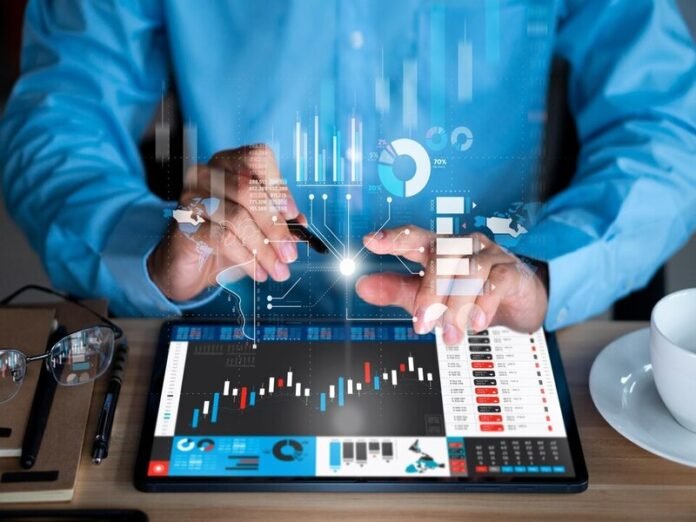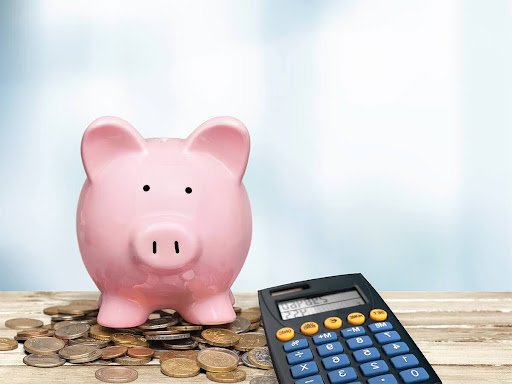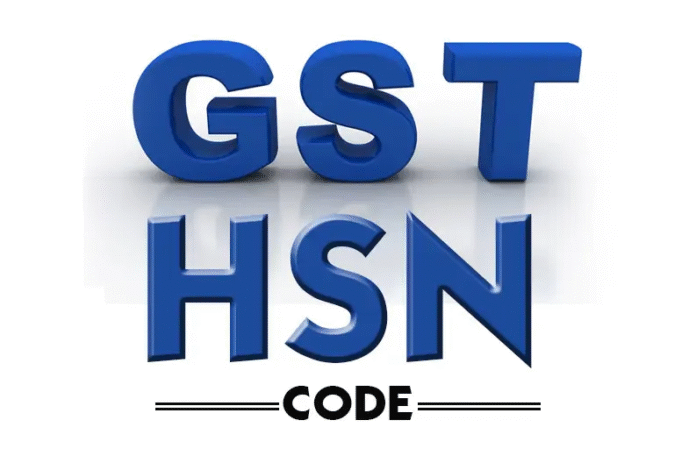The achievement of Quantitative Trading has since progressed, building its way into acceptance as technology dives deeper into financial markets. The purpose of this method is mathematical models, algorithmic processes, and automated systems, particularly with structured strategies programmed to detect patterns to trade. Quantitative trading does not completely believe in human discretion; algorithms are used to assess probabilities and regularities.
What is Quantitative Trading?
Quantitative trading or often abbreviated to being only “quant trading” stands for algorithms driven by data models to translate decisions into actions. Opportunities are identified through mathematics, statistics, and programming. Computer systems analyze price movement, volume, volatility, and correlations so they can decide when to buy or sell. Unlike discretionary trading, which relies on judgment, quant trading depends on predefined rules.
The Effect Human Errors had on Market Patterns
Old financial models simply assumed that markets behaved in a rational manner. In real life, however, behavioral patterns revealed a gap between theory and practice. Humans made mistakes; they overreacted or hesitated or misinterpreted information, creating price changes that pure mathematical models could not anticipate every time. The developments were uneven, thus inspiring the creation of algorithms that would learn from such irregularities.
By tracking systematic judgments’ errors, algorithms can modify their stance. For example, hesitation in execution might create a pattern of delayed entry or exit. This is behavior-wise trackable by the algorithm by mining historical data and evaluating its effect to simulate strategies that would render these patterns as signals. This embedding of human error into model-building has initiated the next stage of quantitative trading.
Algorithms That Learn From Human Errors
Very recent advances in quant modeling are those which not only develop on market data but study inconsistencies deriving from human behavior. These systems are equipped with algorithms underlying the power of machine learning but now combined with fundamental behavioral insights to know how humans repeat their errors to influence prices. Thus the algorithms can relate to the market movements incited through such common errors.
Sudden selling while the price dips down for only a short time may be behavioral retaliation instead of a well-thought-out fundamental readjustment. So, models that will identify these tendencies will look into strategy modification during building their trades in referring to the current paradigm as big zeros, or catching their position calmly until the dust settles. And continuously, the algorithms will adapt; they will evolve and learn with changeability.
Maybe, such systems portray that the future of quant trading is not entirely about reducing human input, but rather acknowledgment of errors; These errors are the basis upon which the algorithms collect data. Algos learning from human errors add resilience and adaptability to the approach.
Manifold Accessibility With Low Brokerage Demat Account
Well-developed quantitative concepts are variable introductions for quantitative trading, interspersed among other elements of applicability requiring an infrastructure. With a rising factor for reducing execution, the Low Brokerage Demat Account stands out. Brokerage fees, even if diluted, gnaw into the flesh on performance when applied into high frequency or rule-based trades. Taking this cost out directly with a low-brokerage structure serves the purpose of efficiency-oriented quantitative trading.
Demat accounts are a digital environment for holding and trading of securities. In combination with a low-brokerage structure, they allow a strategy to operate with a highly competitive transaction cost, easing an avenue for algorithmic methods. Movement in the account structure is in this sense parallel to movement in the front of the trading model.
Data & Technology Integration
With the advancement of quantitative trading, technology is begetting the whole integration thing. This enables algorithms to learn in an ongoing manner, thanks to its facility for high-speed data processing, real-time analytics, and machine learning models. Moreover, capturing sentiment indicators, relating global outlier events to extreme price points, and engaging equally in behavioral patterns human nature has for ages fostered are patterns now.
Infrastructures based on clouds and distributed systems are scalable with protocols for sharing data. Under those conditions, algorithms would grab hold of larger datasets, test strategies against a number of scenarios and then adjust more rapidly to any given anomaly. This technological ecosystem supports new directions for quantitative trading: one where mathematical execution meets lessons learnt from human behavior.
Future Outlook
The future of quant trading depends on adaptability. As markets evolve, static models fade into insignificance, while adaptive systems tend to keep adjusting themselves. The behavioral insight ensures that algorithms will be tuned not just to numbers, but also to the patterns arising from human activity.
Conclusion
Quantitative trading is the meeting of mathematics, data, and technology. Systems are progressing so that gradual recognition of human exceptions allows said exceptions to be learning points. Algorithms that respond to behavioral patterns forecast a future where trading models will be highly adaptable and resilient.
Must Read -:








